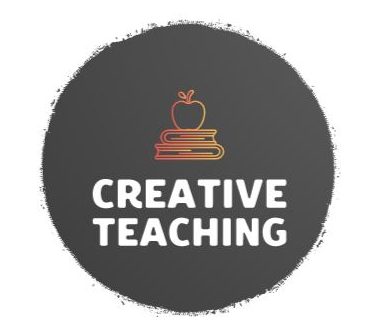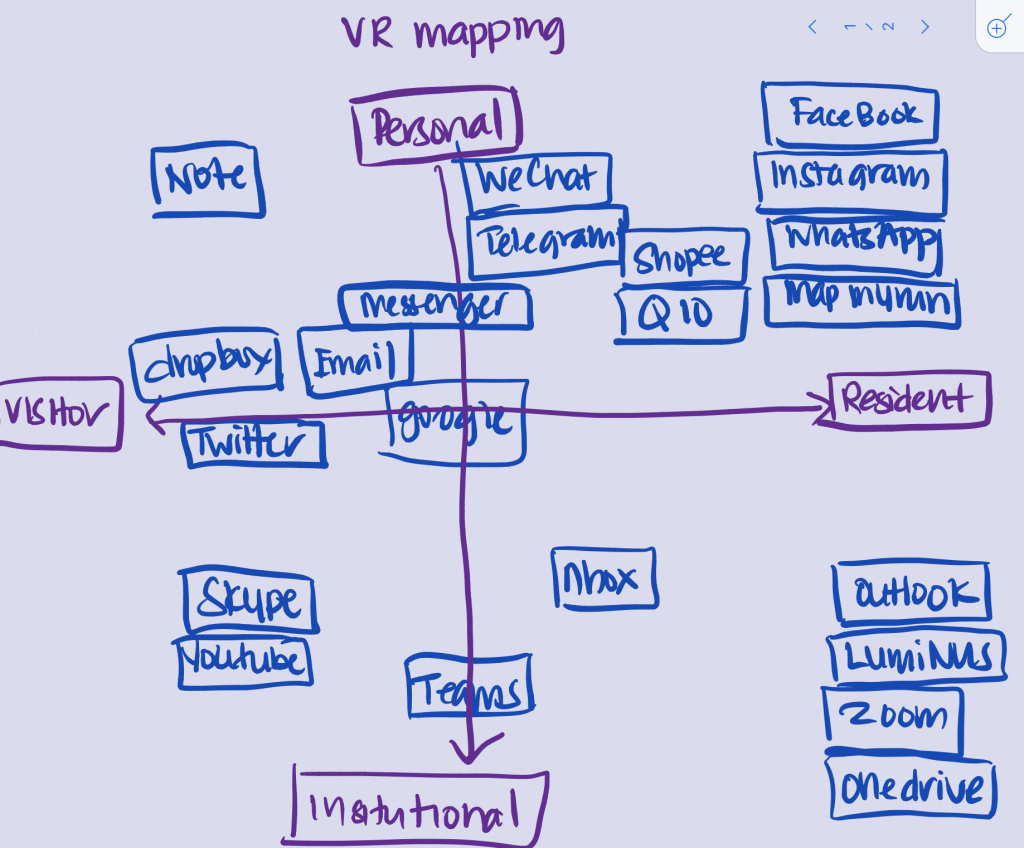After having one semester of virtual class, I see that students’ engagement/ commitment is one of the main issue I am having. It was not easy to engage them virtually and I felt that often I ended up answering to my own questions. However, I am glad that I am attending this ONL course because I did some little changes by incorporating the use of digital tools like Kahoot, padlet and PollEV for my class and I do receive some positive feedback from the students.
With the new Semester coming, I definitely would like to improve on the way I conduct my lesson and incorporate good practices that I learnt from ONL course into my teaching. The framework of Community of Inquiry is definitely an eye-opener for me as a novice educator. There are so much information incorporated in that framework alone! The highlights of the three core elements: cognitive presence, social presence, and teaching presence are really new to me. And now I am thinking how best I can include these into my class to enhance students’ engagement.
Social Presence
Social Presence is the ability of people to present themselves as ‘real people’ through open communication. This is where students share, learn and develop aspects of mutual awareness and recognition. I believe for this aspect to work, students first need to be comfortable with one another. Students started off as strangers hence, time is needed for them to get to know one another before jumping into topics and discussions. So what can I do? In usual situation, the first session tends to have lighter topic to cover, hence, I would be able to have time for some ice-breakers and before going into lesson. This connectivity is essential to create opportunities for students to get to know their fellow classmates and be comfortable with one another. This also allow them to settle in the environment, feeling safe and comfortable before they are more willing to open up and be more interactive and engaging. Additionally, involve the students in setting some rules for the lesson will enhance the sense of belonging.
Cognitive Presence
In Cognitive Presence, tutor can help students to engage in reflection where they will construct and confirm meaning. My course uses case-based learning (CBL) as the main source for tutorial. Students usually explore the issue, provide suggestions and determine if the solutions apply to the case. CBL allows students to apply the new skills and knowledge learned from the previous phases into case-based learning. In order to encourage engagement, motivation is an important factor. One will be more willing to participate when he/she feels the need to do so. Some instructional cognitive presence strategies that can be included are examples: having students self-select topics/CBL case that they are curious about; facilitating critical analyzation discussions (eg, role-playing discussions). Another way of promoting students’ engagement is to build on their previous knowledge so they will be able to connect to what they had learn and reconstruct new knowledge. Reflection is common way that our educators use to enhance students’ learning either in a practical session or CBL tutorial. This is definitely a good source to keep and continue to engage students in such a way. Perhaps I can also incorporate the use of some tools like Padlet, Google Quiz or Kahoot to assess their knowledge.
Teaching Presence
Teaching Presence is the design, facilitation, and direction of cognitive and social processes to support learning. The course needs to have well-designed activities for students to collaborate. This is done by scaffolding the content and activities where educators are to assist students to construct their knowledge and rebuild existing knowledge structures by giving them opportunities to collaborate either synchronously or asynchronously. Educators need to provide support and advice, ensuring students are on the right track. Additionally, I also recalled that some students did feedback that the reading materials in the LMS was kind of confusing for them and they had issue locating the source. This demonstrate the importance of having easy assess or clear instructions to the reading materials that students required to achieve the learning objectives to enhance their learning journey. Although I am not the module lead but I also have the responsibility to ensure they can retrieve those information by providing them with clear instructions/ directions. This will be something that I will do for the upcoming Semester.
Collaboration is also another huge part of the curriculum. Hoping that the connecting time they had in the beginning will encourage them and spur them to work together. Other things that as an educator, I can also use other digital tools to encourage collaboration and participation from the students. Learning from my past experience, students are not very well-exposed to other digital tools. Hence, by introducing new tools to them may brightening their learning journey and ‘wake’ them up from the ‘sleepy mode’. Another learning point: getting students to teach rather than teaching them. This often force them to search for answers/ explanations and share with their classmates which also encouraging them to participate and interact.
Blended learning enhances learning through collaboration digitally either synchronously or asynchronously which improves learning outcome. This is the common practice now and virtual class is here to stay. I do need to work hard in ensuring students participate in class and learn something. Yes I am unable to avoid those who totally ‘switched off’ but I can reduce such numbers.
Blended learning benefited the students numerous ways:
- Creating opportunities for collaborative learning with online learning spaces, offering greater and more engaging collaboration experiences between students and instructors.
- Improved accessibility to online materials and communication which provides convenience and learning skill development.
- Communication improvement where teachers can reach students through multiple communication channels and learning management system.
- Student evaluations of both formative and summative feedback can be more detailed and frequent through online reporting structures.
So let’s make good use of this opportunity to enhance my skill in online teaching & learning. Start by creating a positive learning environment!
References:
Boelens, R., De Wever, B., & Voet, M. (2017). Four key challenges to the design of blended learning: A systematic literature review. Educational Research Review, 22, 1-18.
Cleveland-Innes, M. & Wilton, D. (2018). Guide to Blended Learning. Burnaby: Commonwealth of Learning.
Fiock, H. (2020). Designing a Community of Inquiry in Online Courses. The International Review of Research in Open and Distributed Learning, 21(1), 135-153.



